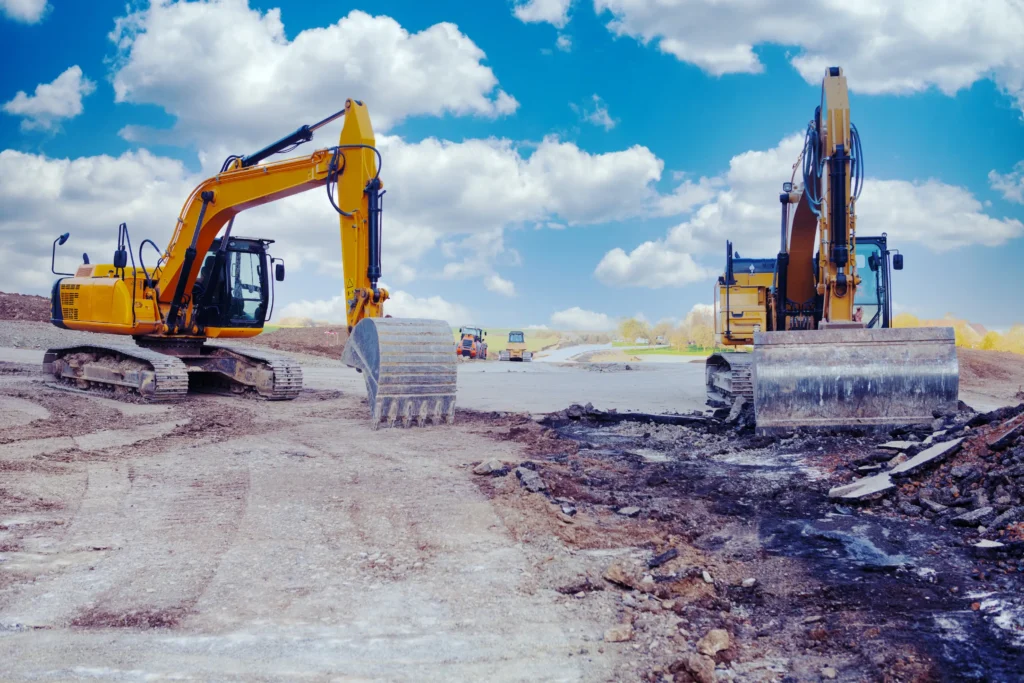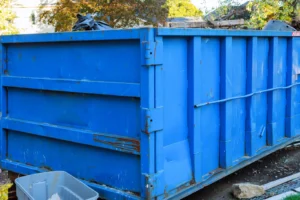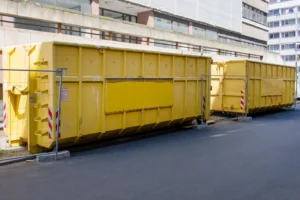Simply put, this can be defined as the act of moving natural materials such as soil, water, earth, mud, and rocks off a site earmarked for construction.
The process relies on human labor, light manually operated tools of heavy plant operators.
It is always the first activity in a construction site since it signals the commencement of an architectural build process.
This article explores everything that pertains to excavation, so you can have a better understanding of the process.

Excavation work done right
Activities Involved in Excavation
Site Clearing
The first activity in the excavation process is site clearing. This entails clearing the site of any vegetation such as trees and shrubs, debris for instance rocks, dead trees, and any other unwanted structure that is in the way of the proposed structure. Site clearing also entails leveling the ground to make it easier for the use of excavation or construction equipment.
Grubbing and Stripping
Grubbing is the act of removing any organic matter remaining on the site, after site clearing. Items such as tree stumps, roots and decayed matter are removed at this stage. Removal of organic matter protects the integrity of the foundation by offering proper stability. Stripping is an act of removing topsoil from the site, which signals the start of excavation. The nutrient-rich topsoil is stockpiled and later used for landscaping.
Trenching
With the site now starting to take shape, trenches are now dug at this stage. The trenches pave the way for the laying of utility lines such as power and telecom cables and water and sewer pipework. The trenches also make way for footings and foundations, both of which provide the structure with a stable base.
Cut and Fill
This process entails moving earth materials from higher areas to areas of lower elevation areas to achieve a flat ground for further excavation and construction.
Dredging
It involves using water jets and hydraulic equipment to remove earth materials to pave the way for the construction of houses in waterlogged areas. The activity comes in handy in areas where vibrations from heavy plants can cause damage to other structures. The only limitation of this activity is that it is labor-intensive and slow.
Objectives and Purpose
Excavation is designed to provide construction with a stable ground for the laying of foundation aspects that include slabs, basements and footings. Without proper excavation, the house will be resting on unstable ground and may not reach its extended lifespan.
Excavation Types
Depending on the natural material type being moved, excavation works are categorized into topsoil, muck, earth, mud, and rock excavations.
Top Soil Excavation
It entails removing the topmost layer on the site. This layer of soil is nutrient-rich and is stockpiled for later use in landscaping.
Earth Excavation
It involves removing the second layer of the ground. This soil is stockpiled for backfilling the foundation, trenches and footings in the later construction stages.
Rock Excavation
It relies on drilling and blasting of the site to break large rocks into smaller sizes that can be moved by use of plants such as bulldozers, backhoes, or excavators.
Muck Excavation
It involves removing the unstable waterlogged materials from the site and replacing them with stable ones that can support architectural structures like houses.
Methods of Excavation
Depending on the type of equipment relied upon, excavation methods come in manual, mechanical and hydraulic. Manual excavation relies on the use of hand tools such as drills and shovels. It is applied in areas where plants cannot reach and where vibrations might damage other existing structures. The mechanical method relies on heavy plants like excavators, backhoes and bulldozers to move materials in readiness for construction. The hydraulic method on the other hand relies on water jets and suction tools to move waterlogged materials from waterways in readiness for the construction of architectural structures such as bridges or roads.
Safety Considerations
During excavation, followed by the construction of any structure, not just houses, safety is a critical factor. To guarantee the safety of workers and other personnel, trenches and slopes must be benched, shored, or braced. This helps prevent landslides that would cause accidents. At the same time, the site must be enclosed with a safety warning tape. This helps to discourage access by unauthorized personnel.
From decayed material, excavation and construction materials, the process produces large waste volumes. Before the commencement of the project, permits must be obtained as a show of your commitment to environmental conservation. There is no better way to handle excavation and construction waste than having a dumpster on standby. A dumpster rental can even help speed up the process of obtaining permits, thereby streamlining the project.




